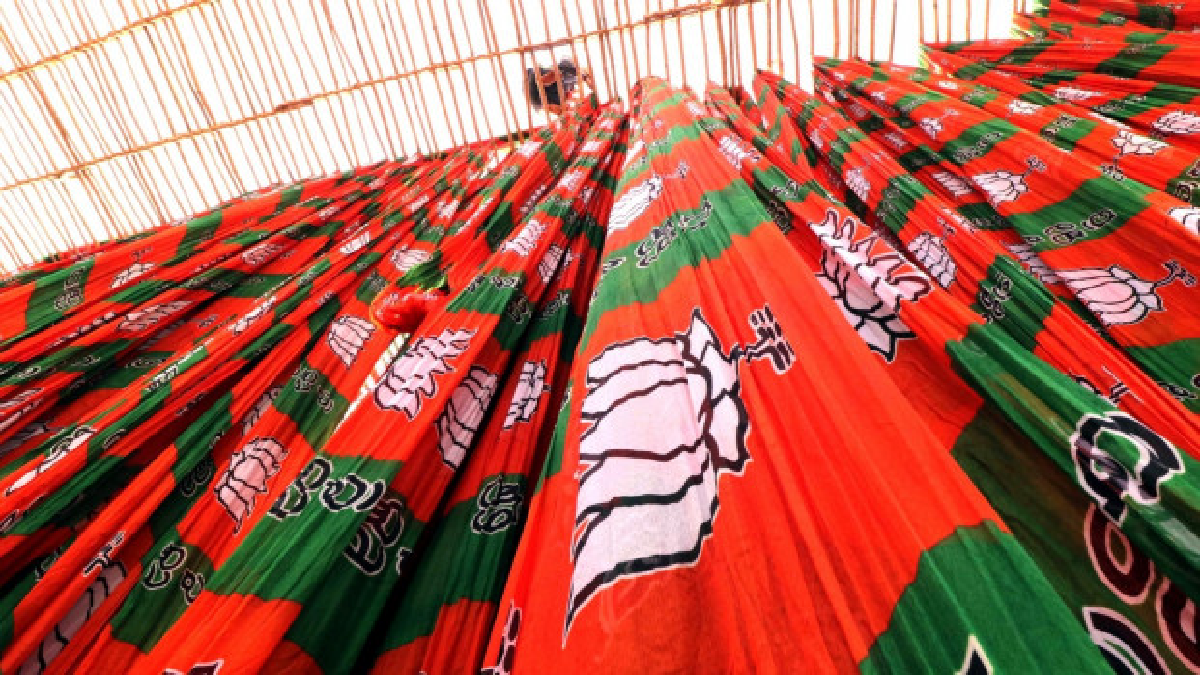
Snigdhendu Bhattacharya’s new book, Mission Bengal: A Saffron Experiment (HarperCollins, Rs 599), narrates how Mamata Banerjee’s attempts to reduce the Opposition to insignificance in the state backfired. In an interview with The Daily Guardian, the author shares how the saffron camp’s push for Hindutva and a tactical shift of the Left’s supporters have created a tough road ahead for Chief Minister Mamata Banerjee.
Q: The book is about the rise of the BJP in West Bengal. How is the party making inroads into the state?
A: The origin of Hindutva can be traced back to the second half of the nineteenth century in Bengal. Some of the principal components of Hindutva — the concept of Bharat Mata, the very coinage of Hindutva, ‘Bande Mataram’, the very notion that Hindus were facing the danger of extermination — they were all born in the late nineteenth and early twentieth century Bengal. It was a heartland of nationalism and that nationalist movement centred on Kolkata was predominantly Hindu in nature. The BJP and the RSS have been trying to remind Bengal’s people of exactly this.
Q: It was the RSS which described Mamata as ‘Maa Durga’ for demolishing the Left in the state. Now it’s the saffron party versus Mamata. How do you see this change?
A: Mamata Banerjee was called ‘Maa Durga’ at an RSS event in New Delhi in 2003. At that time, her party was in alliance with the BJP. After breaking out of the Congress in 1998, she had seen the BJP as a ‘natural ally’ against the Left because she thought the Congress would never go wholeheartedly against the Left in Bengal due to its national compulsion of keeping the BJP out of power. However, Mamata’s policies took a left turn towards the end of 2006. She started distancing herself from the BJP and, subsequently, snapped her ties with the NDA. She started proclaiming that she was the true torchbearer of leftist ideology. Besides, she took to the overt appeasement of Muslims in her bid to wean them away from the influence of the Left. So, from a natural ally they turned into principal opponents.
Q: Bengal was the Left citadel. From there to a scenario where the BJP has become a force to reckon with, how do you see the state’s journey?
A: The Left mismanaged its industrialisation drive in 2006-07 and could never recover from the electoral blows they received in the 2008 panchayat elections and the 2009 Lok Sabha elections. Possibly, having been in power for three decades had drained them of their energy and ability to fight back, especially after the loss of power in 2011. First, supporters and grassroots-level organisers and even some district level leaders left the Left camp for the TMC. Then, the TMC’s consistent efforts at weakening the Left parties prompted a section of Left supporters and organisers to switch to the BJP after Narendra Modi came to power. Some Left leaders claimed that their supporters made a ‘tactical shift’ towards the BJP to get shelter from the Centre’s ruling party against the TMC’s highhandedness. However, I have also seen Left supporters who joined the BJP primarily to fight the TMC ultimately transformed into Hindutva warriors.
Q: You have said “Bengal has become a political laboratory”. Why?
A: It has become a political laboratory, indeed. On the one hand, the Sangh Parivar is trying to popularise Hindutva in the Hindu Bengali society by adopting myriad ways. After they managed to influence a large number of the Hindu population, Mamata Banerjee started changing her approach towards communities. Prashant Kishor’s team is trying many innovative ideas to weaken the strong wave of anti-incumbency that can be felt across rural Bengal. Both parties are adopting policies for particular segments — Dalits, tribals, migrants from Bangladesh, the unemployed youth and migrant workers, for example. There is an intense battle on social media, including the mushrooming of fake news peddlers masquerading as digital news platforms. Veteran political analysts I spoke to said they could not remember political campaigns at so many layers.
Q: The BJP lacks a prominent Bengali face. How is it going to tackle this challenge?
A: The BJP is preferring to go to the elections seeking votes in the name of PM Modi for a number of reasons. First, even though Dilip Ghosh is doubtlessly the most popular BJP leader in the state, a section of the BJP and RSS think tank believes Ghosh would not be accepted by the educated and cultured middle-class, especially the bhadralok community that held influence over Bengal’s public psyche for decades. The second reason is that Bengal BJP is fraught with factionalism — from the state-level to the districts. At the state level, we, the journalists, get to hear of three groups functioning in their own ways. By not announcing a CM candidate, the BJP wants to turn the battle into one between Mamata and Modi on the one hand, and on the other, keep all factions working towards the common goal of toppling the TMC government. To my understanding, not announcing a CM candidate is the BJP’s best choice at the present juncture.